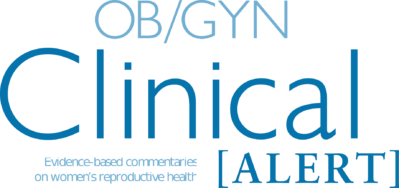
OB/GYN Clinical Alert – October 1, 2022
October 1, 2022
View Issues
-
Can Maternal COVID-19 Vaccination Protect Newborns?
In this case control study, 537 case infants younger than 6 months of age who were admitted to the hospital with COVID-19 were compared to 512 control infants who were hospitalized for other reasons; 16% of the case infants and 29% of the control infants had been born to mothers who had been fully vaccinated against COVID-19 during the pregnancy. The effectiveness of maternal vaccination against infant hospitalization for COVID-19 was 52% overall, 80% during the Delta variant period, and 38% during the Omicron variant period. Effectiveness increased when the vaccine was received after 20 weeks of pregnancy.
-
Prevalence of Urinary Incontinence Among Adult U.S. Women Has Increased
The updated prevalence of urinary incontinence using the National Health and Nutrition Examination Survey data is 60% in community dwelling women, which is an increase from prior estimates.
-
Utility of the Simplified Bishop Score in Trial of Labor After Cesarean Success
This study demonstrated that a higher likelihood of vaginal birth after cesarean was associated with a favorable simplified Bishop score on admission. This emphasizes the need for delaying patient counseling on the choice of trial of labor after cesarean delivery until the end of pregnancy to incorporate the cervical exam into decision-making.
-
Self-Managed Abortion: A Guide to Harm Reduction and Patient-Centered Care
Even before the Dobbs v Jackson Women’s Health Organization decision, access to safe, legal abortion within the formal healthcare system was increasingly restricted. In this context, patients may turn to self-managed abortion (SMA). Clinicians should understand the course of SMA, including its overall safety, rare complications, and potential legal risks to patients.
